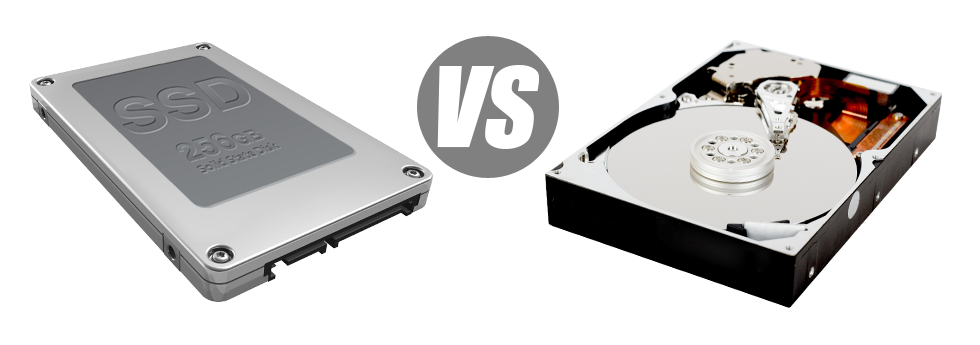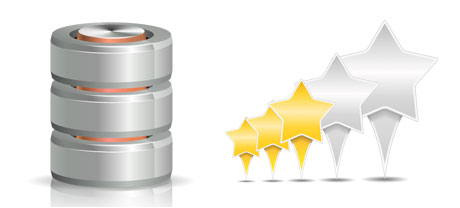For those who have a web site or an web application, pace is critical. The quicker your site performs and the speedier your applications function, the better for everyone. Considering that a website is just a range of files that connect with each other, the systems that store and work with these files play a huge role in web site functionality.
Hard disk drives, or HDDs, have been, right up until the past several years, the most efficient systems for storing information. Nevertheless, lately solid–state drives, or SSDs, have already been gathering popularity. Check out our evaluation chart to see whether HDDs or SSDs are more appropriate for you.
1. Access Time
A result of a radical new approach to disk drive functionality, SSD drives make it possible for faster data file accessibility speeds. With an SSD, data access instances are much lower (as little as 0.1 millisecond).
HDD drives continue to utilize the exact same general file access technique that was originally developed in the 1950s. Though it has been vastly upgraded consequently, it’s slow compared with what SSDs are providing. HDD drives’ data file access rate can vary in between 5 and 8 milliseconds.
2. Random I/O Performance
Because of the brand new radical data storage approach incorporated by SSDs, they supply better data access rates and faster random I/O performance.
Throughout RatherBe-Me’s tests, all of the SSDs showed their ability to work with a minimum of 6000 IO’s per second.
With a HDD drive, the I/O performance gradually enhances the more you employ the hard drive. Nonetheless, just after it gets to a specific limitation, it can’t proceed speedier. And due to the now–old concept, that I/O cap is significantly less than what you can get having an SSD.
HDD are only able to go as much as 400 IO’s per second.
3. Reliability
SSD drives do not have any sort of rotating elements, which means there’s a lot less machinery included. And the fewer physically moving elements you will discover, the lower the possibilities of failure can be.
The standard rate of failing of an SSD drive is 0.5%.
Since we have already noted, HDD drives rely on rotating disks. And anything that uses plenty of moving components for prolonged intervals is more prone to failure.
HDD drives’ regular rate of failing ranges between 2% and 5%.
4. Energy Conservation
SSD drives are far smaller compared to HDD drives and they lack any kind of moving components whatsoever. This means that they don’t make as much heat and need a lot less electricity to work and fewer power for chilling purposes.
SSDs take in somewhere between 2 and 5 watts.
HDD drives are infamous for being noisy; they are at risk from overheating and if you have several disk drives within a server, you need a different air conditioning system only for them.
In general, HDDs use up between 6 and 15 watts.
5. CPU Power
The quicker the data accessibility speed is, the swifter the data file calls will likely be processed. Because of this the CPU won’t have to arrange resources waiting for the SSD to reply back.
The common I/O wait for SSD drives is simply 1%.
When using an HDD, you have to spend additional time awaiting the outcome of one’s file ask. As a result the CPU will stay idle for much more time, waiting around for the HDD to respond.
The typical I/O wait for HDD drives is around 7%.
6.Input/Output Request Times
In real life, SSDs conduct as wonderfully as they have for the duration of our testing. We competed a full system data backup on one of the production servers. During the backup process, the standard service time for I/O calls was indeed under 20 ms.
In comparison with SSD drives, HDDs feature significantly sluggish service times for input/output calls. In a hosting server backup, the common service time for an I/O query ranges somewhere between 400 and 500 ms.
7. Backup Rates
One more real–life improvement is the speed at which the data backup was made. With SSDs, a web server backup now takes no more than 6 hours implementing our hosting server–enhanced software solutions.
In the past, we’ve made use of mainly HDD drives on our servers and we’re well aware of their overall performance. With a web server equipped with HDD drives, an entire web server data backup typically takes about 20 to 24 hours.
Our Linux shared hosting accounts offer SSD drives by default. Join our family here, at RatherBe-Me, to check out the way we can help you enhance your website.
Hepsia
- Live Demo
Service guarantees
- RatherBe-Me’s Virtual Private Servers come with no setup costs and operate in a stable network providing 99.9% of uptime. Full root access to the server warranted.
Compare our prices
- Review the tools and capabilities offered by our Virtual Private Servers. You could start off with a cheaper VPS Web Hosting package and move up with only a click as your needs grow.
- Compare our hosting plans
Contact Us
- We’re on duty for you day and night to reply to any sort of inquiries in relation to our VPS Web Hosting solutions. 60–min reply time frame warranty.














